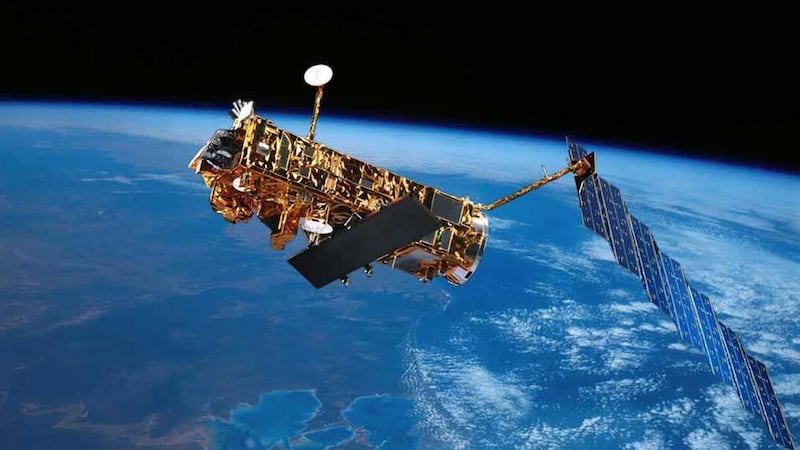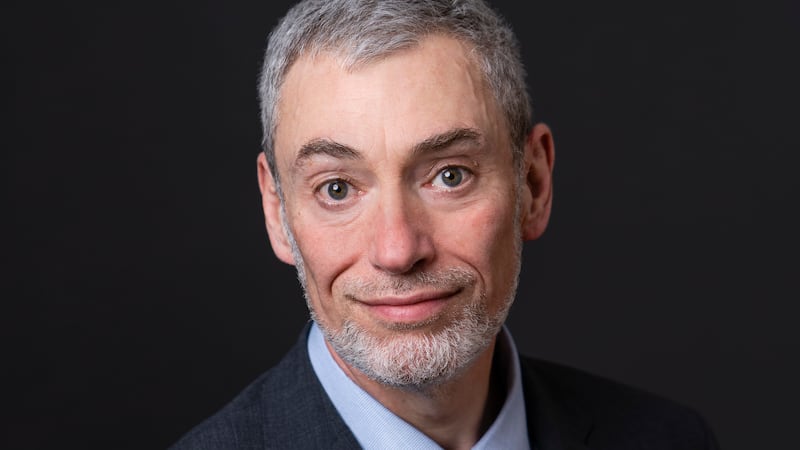Around two-thirds of the satellites orbiting Earth are dead, posing a “very big danger” to the planet, European space ministers have heard.
The European Space Agency (ESA) is proposing a mission to tackle the growing problem of space debris, its director general said.
Speaking at the agency’s ministerial council in Seville, Spain, Johann-Dietrich Worner said that of almost 4,500 satellites in orbit, only 1,500 are active.
He also spoke about a mission to detect and prevent hazards posed by meteorites, saying the human race does not want to be wiped out in the same manner as dinosaurs.
Mr Worner also identified solar flares as a potential danger to Earth.
He said: “We have a situation of meteorites – the dinosaurs died out because of a meteorite, most probably.
“We don’t want to be dying out because of a meteorite, and therefore we should have a look to that. And to make two things – to have observations to have early pre-warning, but at the same time… to really fight against it, to have what I call ‘playing billiards in space’, and together with the Americans, we are proposing a mission in that.
“And then we have the space debris. Space debris, especially from upper stages, from adapters, from old satellites.
“We have about something like 4,500 satellites in orbit – only 1,500 are active, meaning 3,000 are dead. A very big danger.
“And therefore we are proposing a mission where we bring down some ESA-owned asset which is still flying around the Earth.
“And at the same time with the same mission we would also demonstrate that it’s possible to avoid future space debris by doing also some direct de-orbiting.”
🔴 NOW LIVE from Seville, Spain! Follow the opening remarks and discussions from #Space19plus, ESA's Ministerial Council.
Live on #ESAWebTV 👉 https://t.co/cPbPMCWZ39 pic.twitter.com/Za2hqMwxn6
— ESA (@esa) November 27, 2019
Speaking at the opening session of the meeting, Mr Worner said that given today’s technology it would be “smart” to look at bringing samples back from Mars, rather than putting astronauts on the red planet.
He said: “Therefore, we are looking for very a impressive mission, which should get samples back from Mars to have a very direct investigation of the samples here on Earth in our laboratories.
“This mission looks very simple – you fly to Mars, you get some samples back.”
However he explained it would involve an American rover collecting samples and leaving them in tiny containers on the planet’s surface, to be collected by a European rover once it had moved on to another area.
After finding the samples the European rover would put them in a bigger container and take them to a small launch space where it would be launched into the planet’s orbit.
Mr Worner added: “And then a European mission will go there, get this container and bring it back to the Earth.”
The councils bring together ESA’s member states and observers every two to three years to decide on new proposals and funding for ESA’s next years of work.
UK science minister Chris Skidmore is not attending the talks, but a British delegation is present to discuss how much money the UK will put forward for its ESA membership contribution.
A spokesman said: “The UK has a world-leading space industry. As a founding member and one of the main contributors to the European Space Agency, we have sent a UK delegation to the ministerial conference to participate actively in discussions.”







